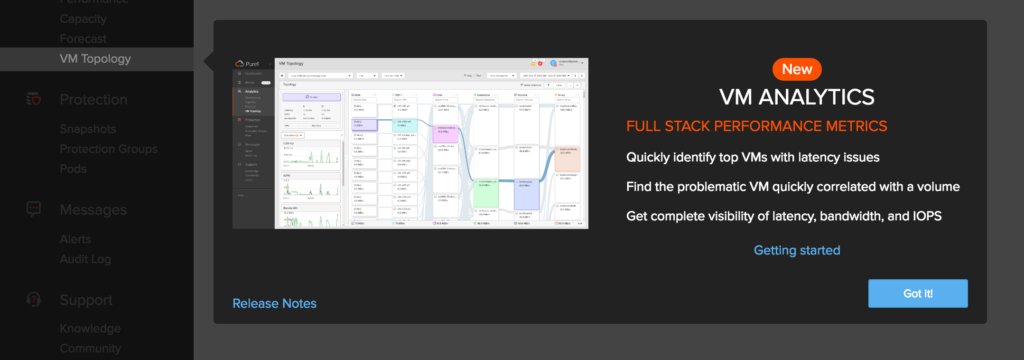A few months back I was reviewing our VMware training for our field (and after some direct feedback) realized it wasn’t really doing what our field needed. It was too nuts and bolts technical–which isn’t really what was needed by the masses. There was more of a desire to understand the value of the VMware product, the value of the integration and the value that we as Pure can bring to it.
The ones that wanted/needed more technical training could get that as needed.
In short, what they wanted to be able to do was have the “I’m staffing a booth at a conference and someone asks me about vRealize Orchestrator”. Not being an expert in the product, how to do I quickly understand the value, so I know if I am chasing the right product/solution and I should inquire further.
There are so many options out there, the “why” sometimes can be the most important question. Continue reading “VMware & Pure Integration Training Videos”

